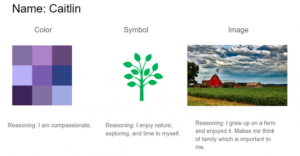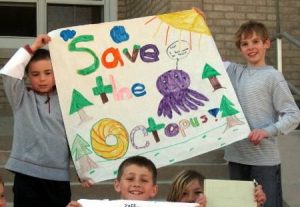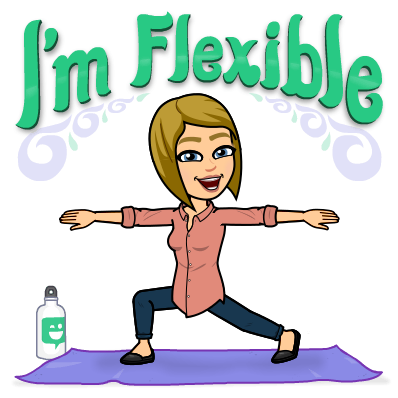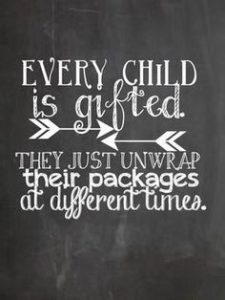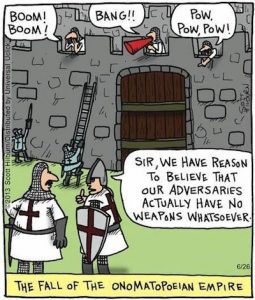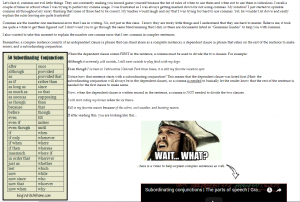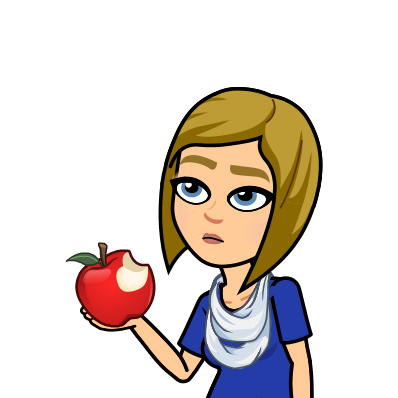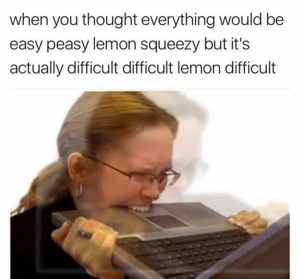I love visiting other teachers’ online classrooms. It is such a good resource to gather ideas and to also double check that I am doing everything possible to help my students learn. One of the ideas that I absolutely loved was that the instructor created weekly reviews of the information that the students should be learning or doing each week. After completing the content for that week, students could go read the weekly review to double check that they have understood all of the concepts. This instructor’s reviews included pictures and just a bit of text to explain the concepts again. What a great idea! My goal is to create review pages over the summer to start preparing for next year.
When I first heard we were looking at other classes, I froze. As a perfectionist, I am always second guessing myself. Would the other teachers look at my classroom and find all the flaws? Will they think that I’m doing a terrible job?
As we got started with the activity, I realized that a fellow ELA colleague whom I know does a fantastic job with his classroom, was going to be the person perusing through my classroom. Oh, great.
To my surprise, my colleague had nothing but great things to say about my classroom. Even saying that my classroom was a nice reminder for him of things that he needs to be doing that he has forgotten about. While browsing, he was constantly agreeing with things that I posted and pointing out things that I had done that he loved.
I am not a bragger by any means, but I felt the need to share this because it was interesting how this activity affected me in more ways than one. Yes, it gave me some great ideas, but it was amazing to hear a respected colleague who has been teaching online for years praising me for a job well done. As a new online instructor who is plagued with “perfectionism”, it really boosted my confidence to have my colleague compliment my classroom. To me, that is one of the nicest compliments I could have received!


